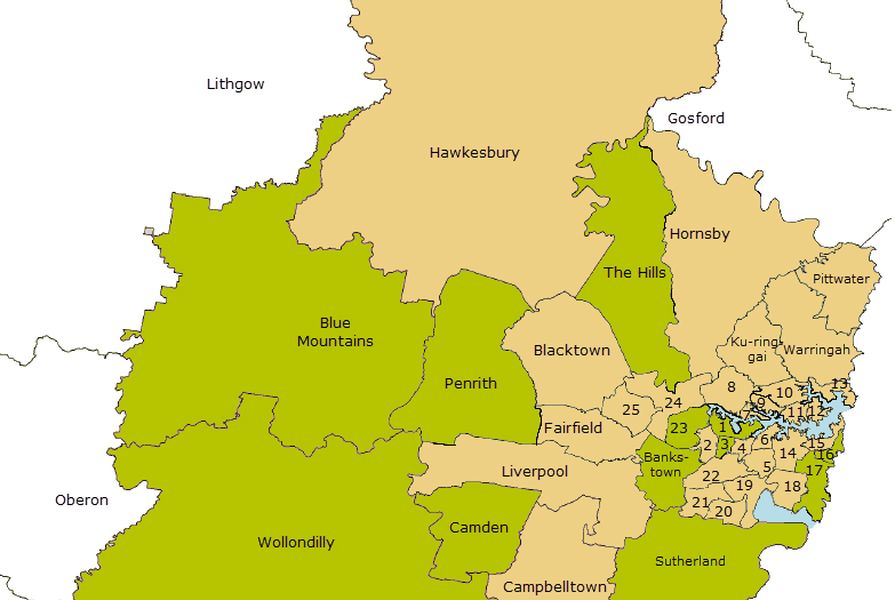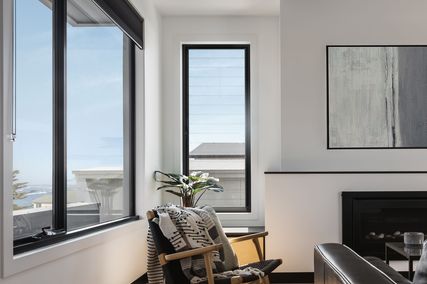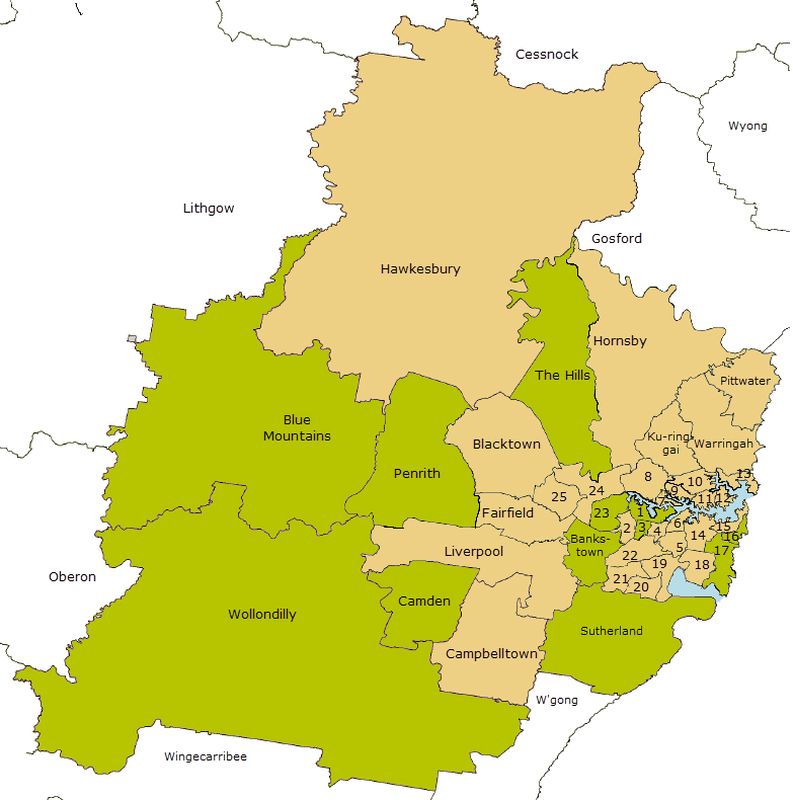A tribunal tasked by the NSW Government with deciding the fate of NSW’s councils has found that more than 70 percent of metropolitan Sydney councils are not considered “fit” for the future. Of 38 proposals put forward by metropolitan councils, 29 were deemed “not fit”.
The findings pave the way for mergers to take place across the entire state, including the possible creation of a Global City Council that incorporates the City of Sydney, Randwick, Waverley, Woollahra and Botany Bay. If the City of Sydney is merged with four others to create the proposed Global City Council, the group may regain control over key areas such as the Sydney Opera House, Barangaroo, Port Botany, Circular Quay and Darling Harbour that are run by separate bodies.
The City of Sydney was among the councils that had their proposal declared not fit, despite being financially sound and meeting the scale and capacity criteria. The report states that when measured on its own, the council would be declared fit, but when compared to the Global City Council merger option it was deemed not fit. The City of Sydney mayor Clover Moore reacted angrily to the tribunal’s findings.
“Over the past 10 years, the city has consistently delivered…high-quality infrastructure needed by our community and the one million visitors to the city each day,” she said.
“To say the City of Sydney is somehow unfit in the face of this strong evidence to the contrary makes a mockery of the entire review process, and throws into question all decisions made as a result.”
In June, councils across the state were asked to submit proposals demonstrating their financial soundness and future plans as part of the $1 billion Fit for the Future reform package put forward by the state government.
The assessments of the proposals by the Independent Pricing and Regulatory Tribunal (IPART) are based on merger recommendations put forward by the Independent Local Government Review Panel. The panel had suggested that the number of councils in metropolitan Sydney should be reduced to 18 or less, and all councils across the state were strongly encouraged to form merger proposals.
According to the report, to be assessed as fit, “councils must have demonstrated they have sufficient scale and capacity and are financially sustainable.” The scale and capacity critereon is based on areas including scope to undertake major projects and new functions, effective regional collaboration and knowledge, creativity and innovation. Most of the proposals were rejected on the basis of not having sufficient scale and capacity despite being financially sound.
The mergers will have dramatic implications for planning regulations across both metropolitan Sydney and wider NSW by centralizing them. In an earlier ArchitectureAU article, the NSW Australian Institute of Architects chapter president Shaun Carter said that reducing the number of councils would make it easier to plan a cohesive future for Sydney.
The NSW state government also recently introduced a new body, the Greater Sydney Commission, which will divide Sydney up into six large districts and take some planning powers away from the city’s councils.
The councils have a 30-day period to respond to the IPART findings.
















